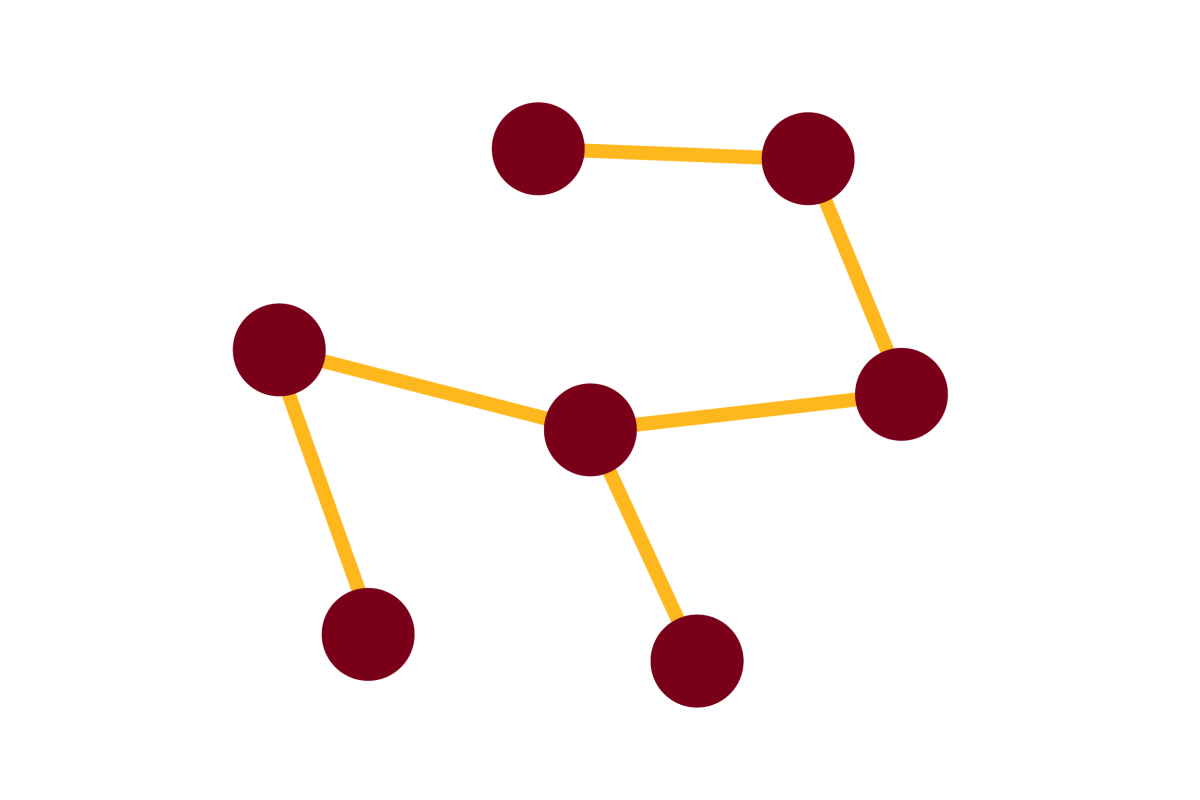Leveraging machine learning essentiality predictions and chemogenomic interactions to identify antifungal targets [journal]

Journal
Nature Communications - November 11, 2021
Authors
Ci Fu, Xiang Zhang (Ph.D. student), Amanda O Veri, Kali R Iyer, Emma Lash, Alice Xue, Huijuan Yan, Nicole M Revie, Cassandra Wong, Zhen-Yuan Lin, Elizabeth J Polvi, Sean D Liston, Benjamin VanderSluis (Ph.D. 2014), Jing Hou, Yoko Yashiroda, Anne-Claude Gingras, Charles Boone, Teresa R O’Meara, Matthew J O’Meara, Suzanne Noble, Nicole Robbins, Chad L Myers (professor), Leah E Cowen
Abstract
Fungal pathogens pose a global threat to human health, with Candida albicans among the leading killers. Systematic analysis of essential genes provides a powerful strategy to discover potential antifungal targets. Here, we build a machine learning model to generate genome-wide gene essentiality predictions for C. albicans and expand the largest functional genomics resource in this pathogen (the GRACE collection) by 866 genes. Using this model and chemogenomic analyses, we define the function of three uncharacterized essential genes with roles in kinetochore function, mitochondrial integrity, and translation, and identify the glutaminyl-tRNA synthetase Gln4 as the target of N-pyrimidinyl-β-thiophenylacrylamide (NP-BTA), an antifungal compound.
Link to full paper
Keywords
bioinformatics, computational biology